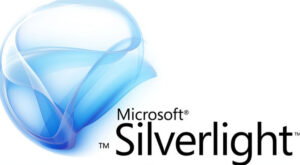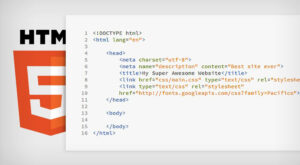
Pivotal time in the world of business and data management as Microsoft Excel and Visual Basic for Applications (VBA) became powerful tools for automating processes and enhancing data analysis. This article delves into the landscape of Excel programming with VB, highlighting its significance, key features, and the impact it had on businesses and professionals.
The Excel-VBA Duo: A Productivity Powerhouse
- Excel as the Go-To Spreadsheet Software: Microsoft Excel is already a dominant player in the world of spreadsheet software. Its versatility in data organization, calculation, and visualization made it an essential tool for businesses, finance professionals, analysts, and researchers.
- Visual Basic for Applications (VBA): VBA, integrated into Microsoft Excel, is the secret sauce that empowered users to take Excel’s functionality to the next level. VBA allowing users to write scripts and macros to automate repetitive tasks, manipulate data, and create customized functions. This scripting language is a game-changer for productivity.
Key Features of Excel Programming with VBA
- Macro Recorder: Excel’s Macro Recorder enabled users to record a series of actions and automatically generate VBA code, making it easier for those without extensive programming experience to create useful macros.
- Custom Functions: VBA allowing users to define custom functions and procedures, expanding Excel’s capabilities. Professionals could develop tailored solutions to meet their specific needs.
- Data Automation: VBA scripts facilitated the automation of data imports, exports, and transformations, saving countless hours on manual data entry and processing.
- User Forms: VBA supported the creation of custom user forms, allowing for more interactive and user-friendly interfaces within Excel. This feature is crucial for developing data entry and reporting applications.
Impact on Businesses and Professionals
The integration of VBA in Excel have a profound impact:
- Improved Efficiency: Excel with VBA allowing businesses to streamline operations and reduce the time spent on repetitive tasks. This efficiency boost contributed to increased productivity.
- Custom Solutions: Organizations could build custom applications within Excel to meet their unique requirements. This level of customization empowered professionals in various industries.
- Data Analysis: VBA scripts made complex data analysis more accessible. Financial analysts, for example, could use VBA to create advanced financial models and conduct risk assessments.
- Report Generation: Automating report generation and distribution was a significant time-saver for businesses. Reports could be generated on-demand, with consistent formatting and accuracy.
- Education and Training: Excel with VBA became a valuable tool for educators and trainers. It allowing the creation of interactive teaching materials and simulated scenarios for learning.
Legacy and Evolution
Excel programming with VBA laid the foundation for what is now a robust ecosystem of data automation and analysis tools. In the years that followed, Microsoft continued to enhance Excel’s capabilities, offering new features and improvements in each iteration.
Furthermore, the power of VBA is not limited to Excel. It is used in various Microsoft Office applications, allowing professionals to automate tasks and create custom solutions across the suite.
Conclusion
Excel programming with VBA is a transformative force in the world of business and data management. It empowered professionals to automate tasks, create custom solutions, and extract valuable insights from data. Excel and VBA is essential tools today, and for those who embarked on the journey of Excel programming, it was a visionary step that paved the way for a more productive and data-driven future.



